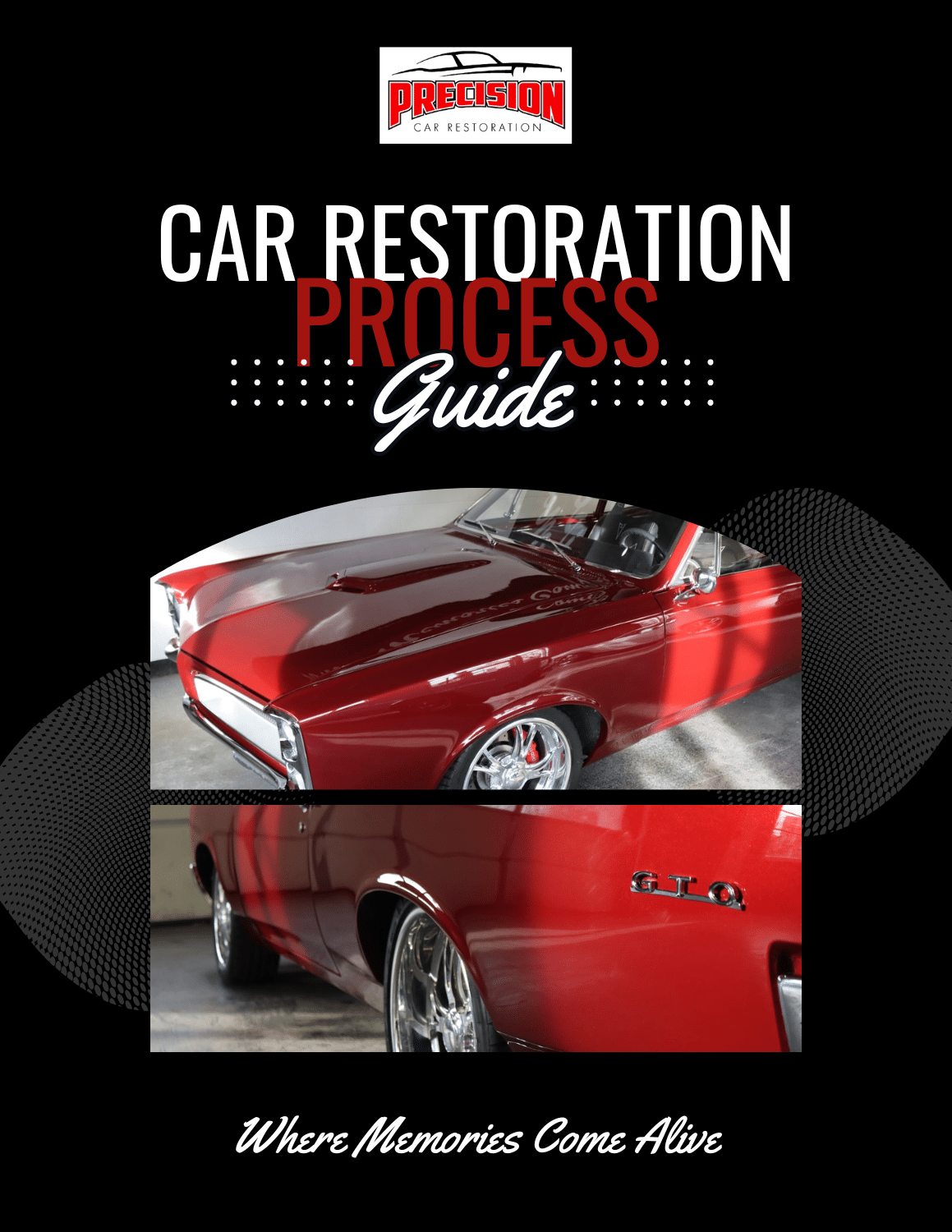During the Mid 70’s American automobile manufactures started using a menagerie of metric and standard threaded bolts. I have seen both metric and standard threaded bolts used on one single component during the course of a restoration, so there is no one set of standards that apply to all vehicles from this era. Identifying these bolts can be a challenge to even the most experienced technician and it is important to know how to differentiate between the metric and standard threads to ensure safety and quality. Stripped threads, broken bolts, and poor fitting bolts can often be caused by a misidentification of bolt size and tread pitch.
Can you tell what is metric and what is standard?
A high quality thread gauge will be you number one tool when identifying bolts. In order to make the correct decision you must be able to use this tool properly.
What you see here is a high quality set of Thexton tread gauges. Gauges like this come in different styles, sizes, and configurations, but all primarily work the same way. A gauge set will have multiple holes that represent the most popular sizes of bolts. . Each hole is labeled with a corresponding size. A gauge will also have a knurled edge that represents the thread pitch. Thread pitch is just as important as the actual bolt diameter. Two bolts may share the same diameter but have a different thread. To decide between metric and standard bolts you will usually need two different gauges one for standard and one for metric. With these gauges, identifying your bolts is made a lot easier.
The first thing to do is place your bolt inside one of these holes. You can see how snugly the 3/8th bolt fits into the correct hole compared the loose fitting 7mm hole. When you are checking for correct size having a snug fit without having to force the bolt into the hole will ensure you have the correct size.
There are many more options for thread pitch this is why it is important to also measure the pitch. The photos show how close the 3/8th bolt with a 16 pitch thread is to the 1.50 mm pitch thread. You can see how the correct thread fits flush into the grooves and peaks of the gauge while the metric pitch does not mesh completely. It is important to make sure your bolt is fitting completely flush with the peaks and grooves of the gauge.

For these examples I used a 3/8 by 16 pitch x 1 ½. A metric bolt size may read as an 8mm x 1.5 pitch x 40mm. When describing bolts the thread diameter is first, followed by the thread pitch, followed by the length of the bolt shaft excluding the head. Knowing how to read a bolt size and identifying what bolt you are working with will make identifying your replacements more accurately.
A thread gauge is a handy tool to have in your tool box and will save you loads of time trying to identify that mystery bolt that you dropped on the floor.







